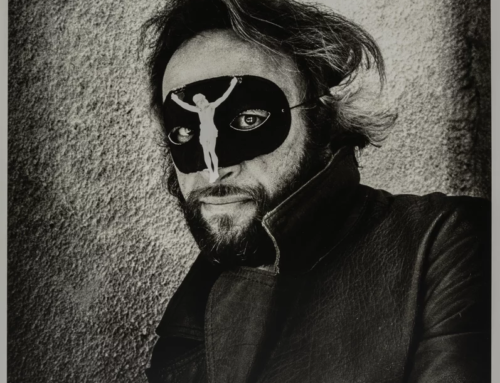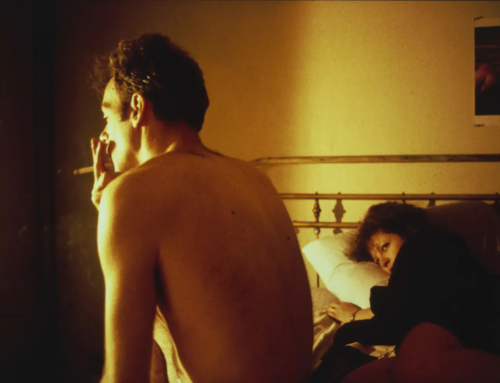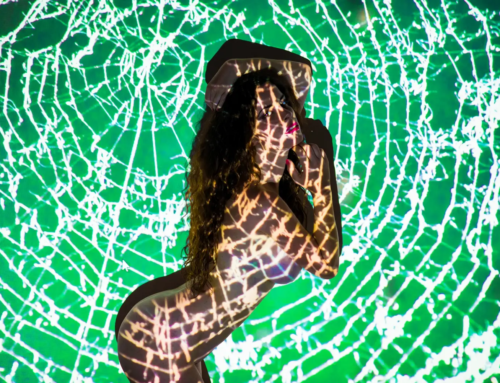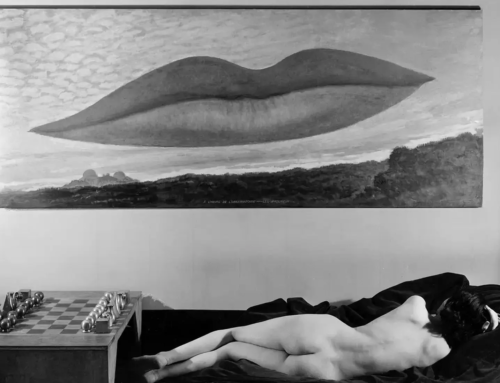The First Exposure: A History of Nude Photography’s Pioneers (1840-1910)
In the rigid moral climate of the 19th century, the nude was a paradox. Accepted in painting and sculpture as an idealized, often mythological form, it became scandalous when captured by the camera. Photography was seen as too real, too direct—a mirror of truth in an era when art was expected to be an interpretation of the ideal. This fundamental tension between art and reality defined the work of the first photographers who dared to explore the human form. This article examines the earliest years of nude art photography and the influential pioneers who navigated this challenging new territory, laying the groundwork for a new art form.
The Artist’s Aid: The Nude as Scientific Study (1840-1860s)
The history of nude photography began not as an independent art form, but as a utility for traditional artists. Photography, hailed as the “pencil of nature,” was a scientific tool that could capture anatomical truth with an accuracy a human sketch could not match. Painters and sculptors quickly adopted it to create detailed studies—études d’après nature—without the expense and difficulty of hiring live models for long sessions.
Eugène Durieu (1800-1874): The Collaborative Study
A French lawyer and photographer, Eugène Durieu was central to this early development. His collaboration with the renowned Romantic painter Eugène Delacroix was a landmark, producing studies that Delacroix used directly for his paintings. The image below is a prime example of this symbiosis. The model’s classical, statuesque pose from the back, with its strong S-curve and dramatic lighting, clearly mimics the aesthetics of academic painting. Yet, the photograph’s sharp focus and unidealized depiction of skin and form capture the body with a directness that was revolutionary for its time.
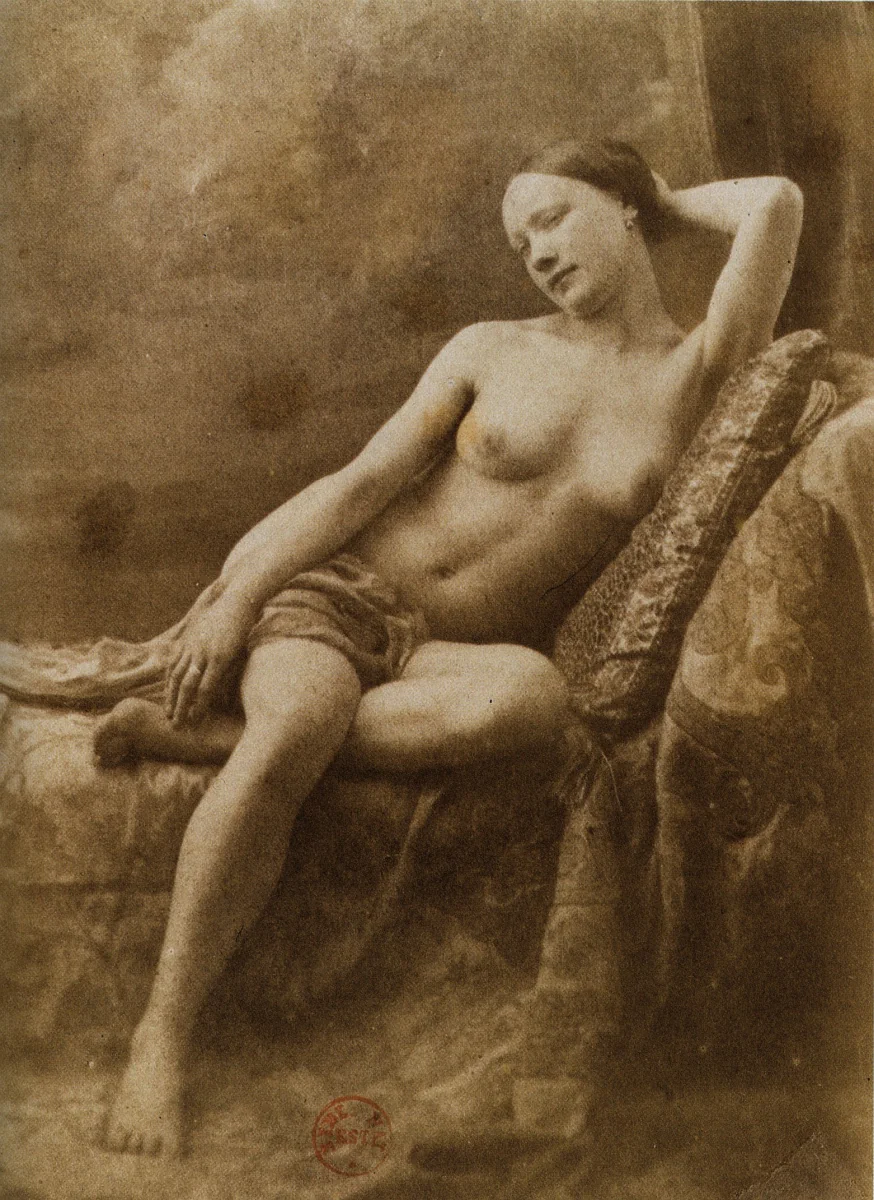
Félix-Jacques Moulin (1802-1875): Testing the Limits
Another key French photographer, Félix-Jacques Moulin, deliberately tested the limits of what was acceptable. His stereoscopic daguerreotypes, like the reclining nude seen here, often blurred the line between artistic study and the emerging market for erotica. The reclining pose is classical, but the direct gaze and contemporary setting pushed social boundaries, leading to his arrest and brief imprisonment in 1851 for producing “obscene images.” Despite this, Moulin’s work helped establish photography as a legitimate, if controversial, medium for depicting the nude.
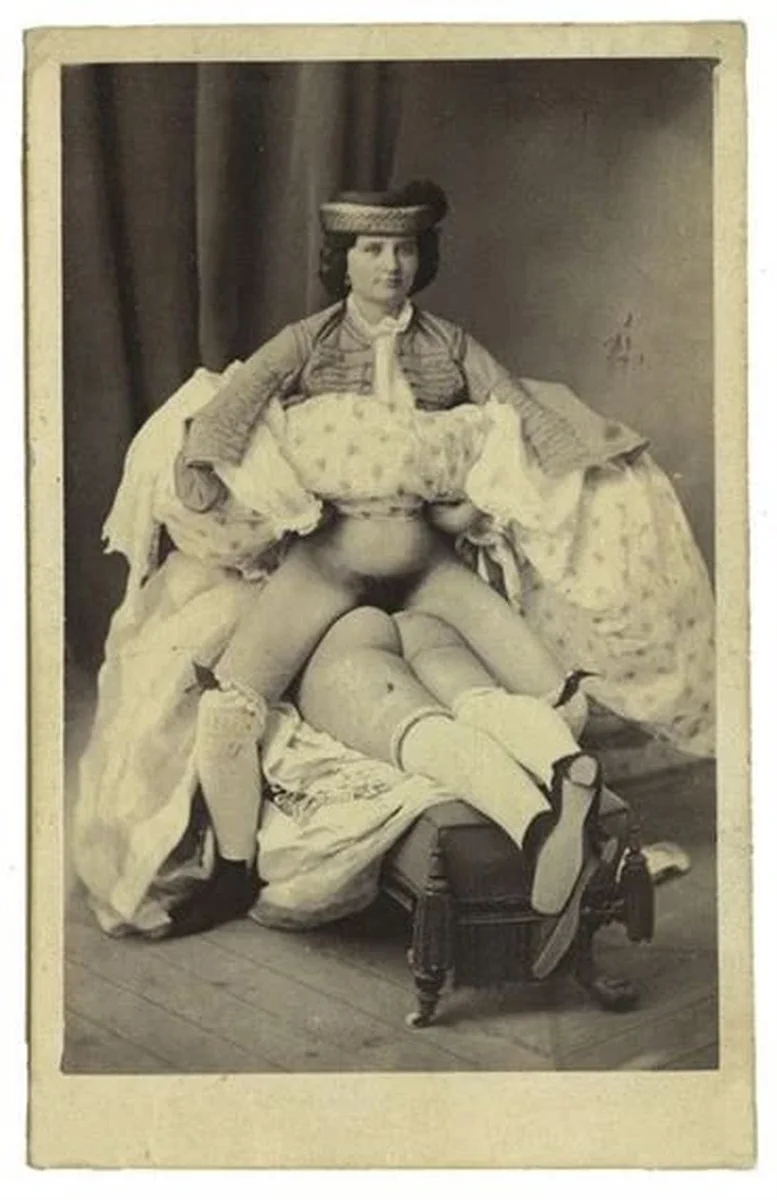
The Moral Battlefield: Censorship and Allegory (1850s-1880s)
As the genre developed, photographers faced severe social and legal opposition. Their work forced a conversation about what constituted art versus indecency. To legitimize their nudes, many artists framed them within classical or allegorical contexts, using mythology as a shield against censorship.
Bruno Braquehais (1823-1875): The Classical Alibi
Bruno Braquehais, a successful deaf photographer, produced some of the era’s most notable artistic nude studies. In the image below, he employs a common strategy of the time: the “classical alibi.” The model holds a piece of drapery, her pose is formal and contained, and she is set against a plain studio backdrop. These elements were all intended to signal that the image was a serious artistic endeavor in the tradition of classical sculpture, not a prurient photograph.
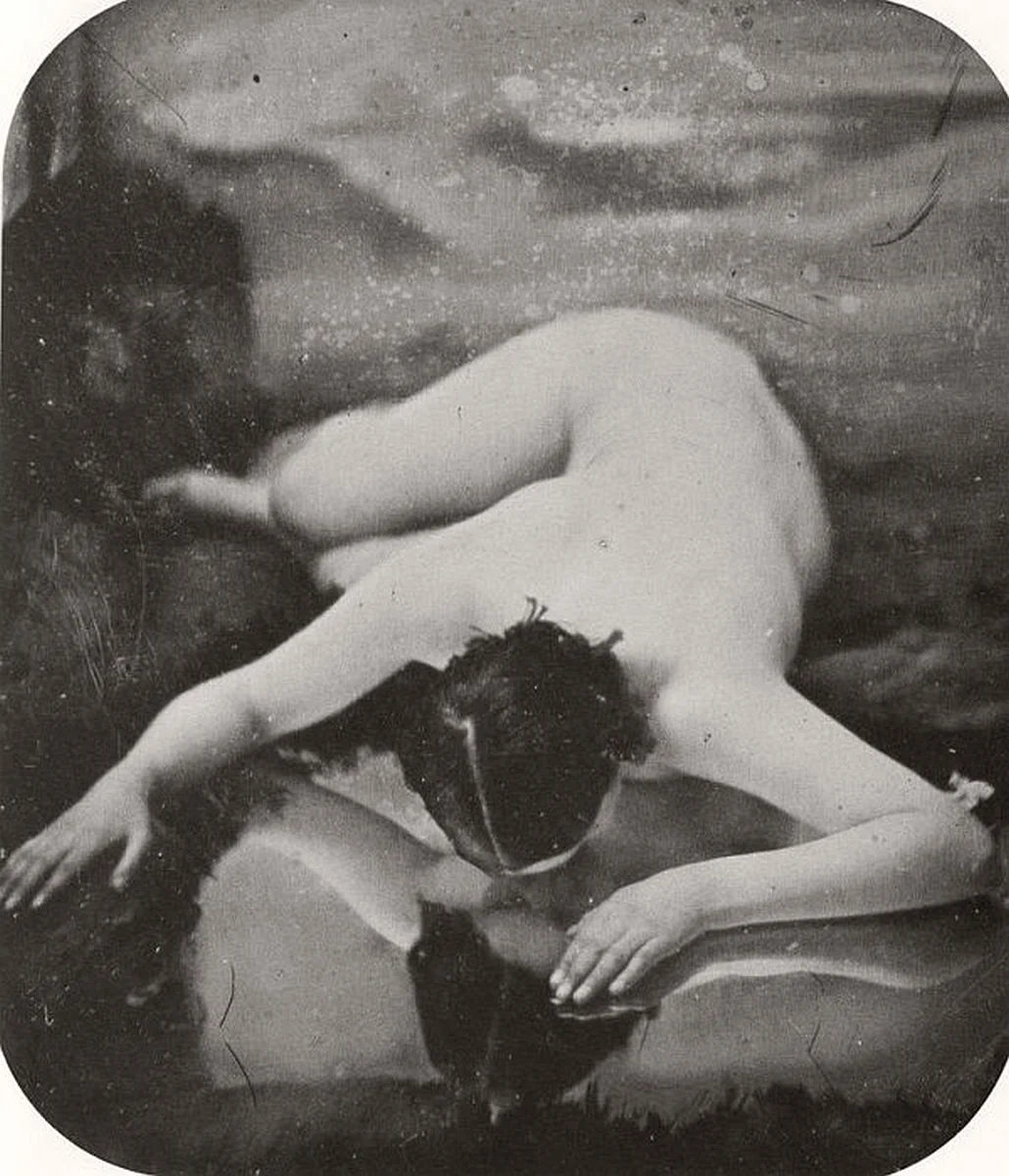
Oscar Gustave Rejlander (1813-1875): The Grand Allegory
A pioneer of art photography, Oscar Gustave Rejlander’s most famous work, “The Two Ways of Life” (1857), was a monumental composite image created from over thirty separate negatives. Its grand allegorical scene included numerous nude figures and caused a major scandal. However, Rejlander also produced more sentimental works, like the cherubic child portrait seen below. While not a nude, this image reflects the Victorian interest in themes of innocence and purity, which stood in stark contrast to the controversy surrounding his more ambitious works. The scandal of “The Two Ways of Life” was ultimately tempered by Queen Victoria’s purchase of a copy, a royal endorsement that helped legitimize photography’s artistic ambitions.
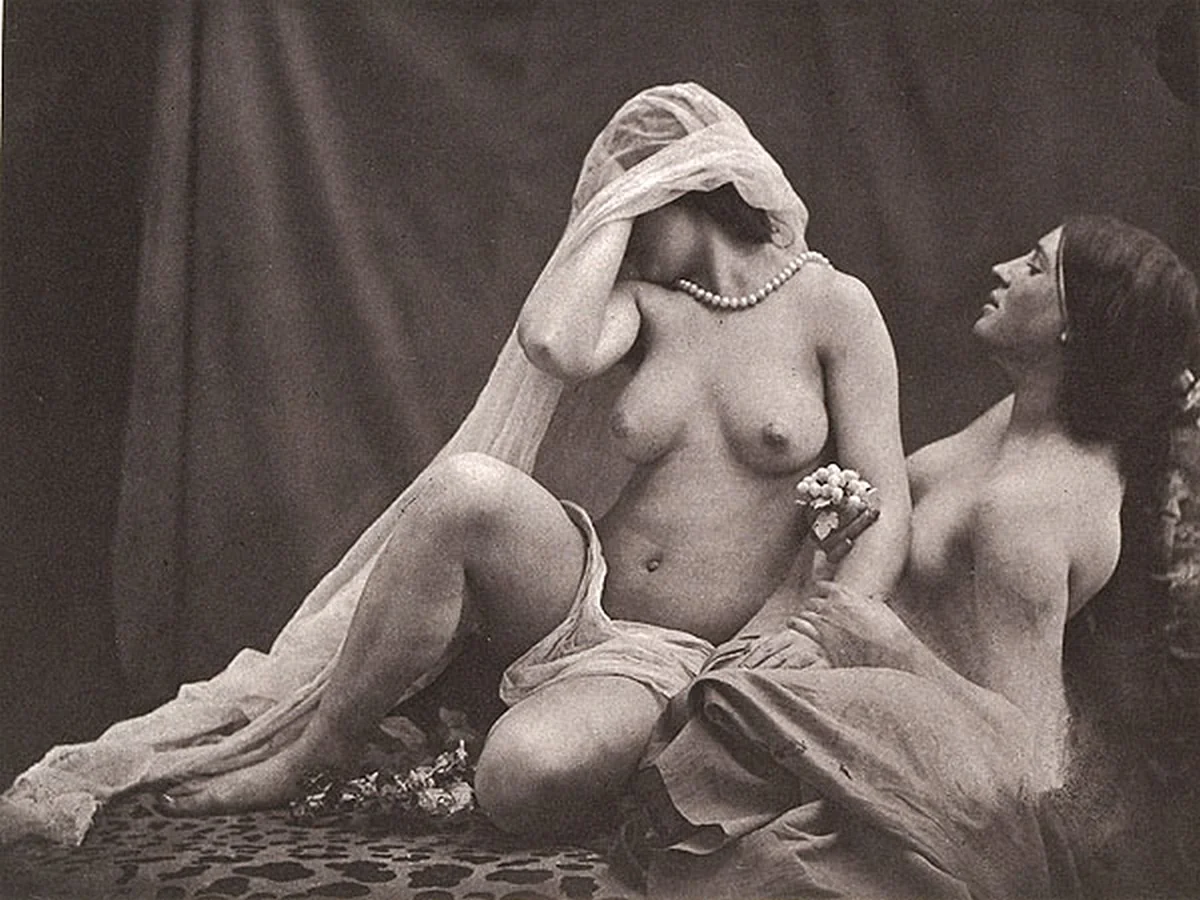
Parallel Paths: Scientific Realism and Romantic Idealism
By the late 19th century, nude photography began to diverge into distinct paths. Some artists pursued a clinical, scientific realism, while others sought a romantic, idealized vision of the human form.
Thomas Eakins (1844-1916): The Analytical Gaze
American artist and educator Thomas Eakins used photography with a scientist’s rigor. His photographic nudes were notable for their frank, unidealized depiction of the human body. As shown in his motion studies below, his approach was often clinical and analytical. These sequences, precursors to cinematography, were designed to understand the mechanics of anatomy and human movement, reflecting a deep intellectual curiosity rather than a purely aesthetic one.
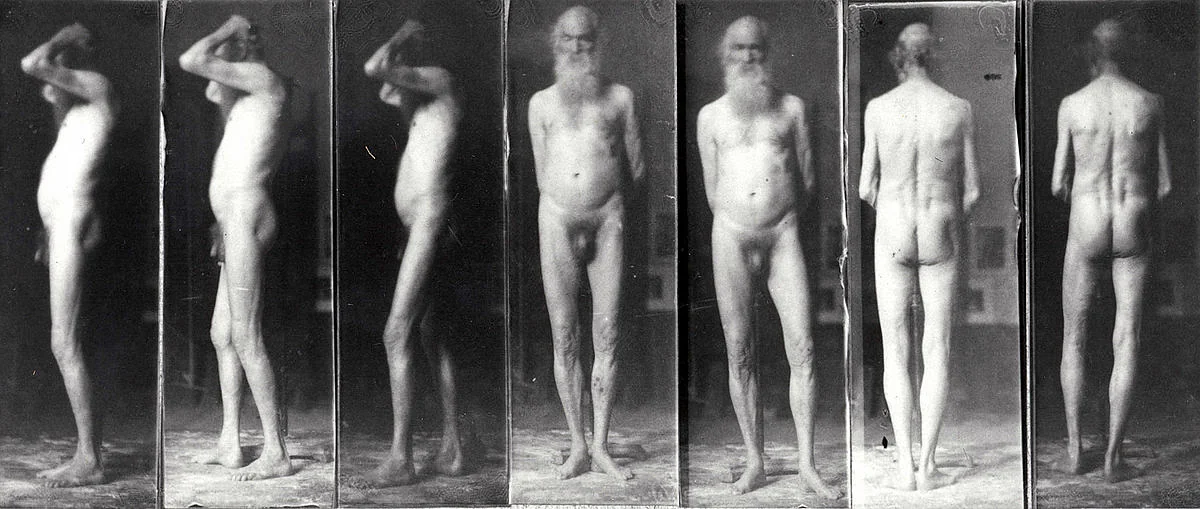
Wilhelm von Gloeden (1856-1931): The Arcadian Dream
In stark contrast to Eakins, the German photographer Wilhelm von Gloeden created a romantic and highly idealized world in Sicily. His famous pastoral nudes of young Sicilian men, like the flute player pictured here, are set in idyllic, classical-inspired landscapes. His work, while controversial for its homoerotic themes, was influential in creating a vision of an Arcadian past and expanded the boundaries of acceptable subjects in art photography.

The Aesthetic Turn: Pictorialism and the Nude as High Art (1880-1910)
As the century turned, a major movement known as Pictorialism sought to elevate photography to the status of fine art by making it resemble painting and etching. This was a crucial step in the evolution of the artistic nude.
Julia Margaret Cameron (1815-1879): The Expressive Portrait
While not primarily a nude photographer, Julia Margaret Cameron’s work was essential for the genre. She rejected the sharp, scientific look of early photography. Instead, her soft-focus portraits and allegorical scenes, like the Pre-Raphaelite style portrait below, championed the idea that photography could be an expressive, emotionally resonant medium. By prioritizing mood and beauty over documentary truth, she created the philosophical space for others to explore subjects like the nude as a purely artistic statement.
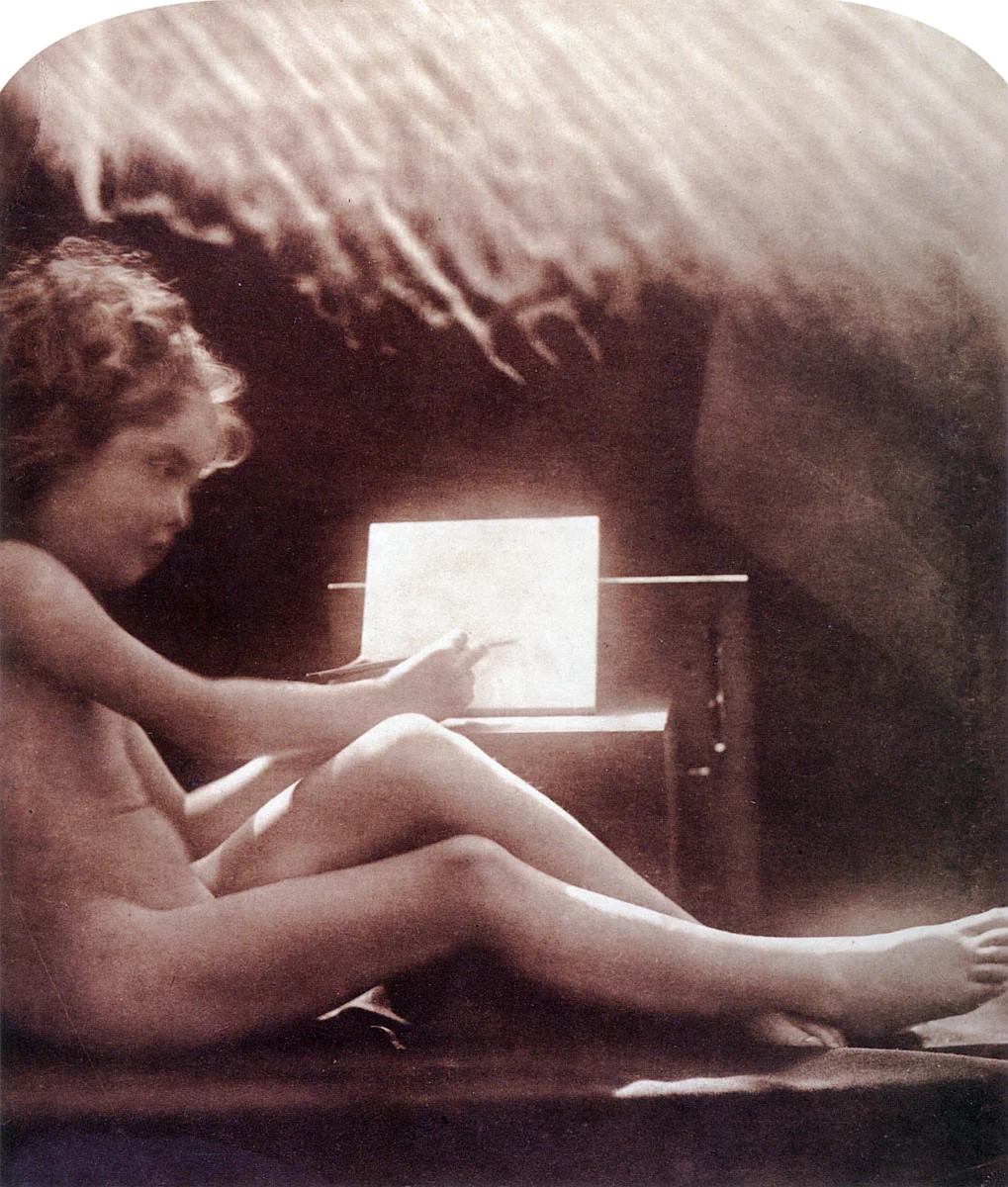
Fred Holland Day (1864-1933): The Symbolist Vision
A key figure in American Pictorialism, Fred Holland Day’s nude studies were heavily influenced by the Symbolist movement. His work, often featuring male models in religious or mythological scenes, was marked by its rich homoerotic undertones and high artistic ideals. The portrait below captures the intense, melancholic mood characteristic of his style, which challenged conventional morality while aiming for profound spiritual and aesthetic meaning.
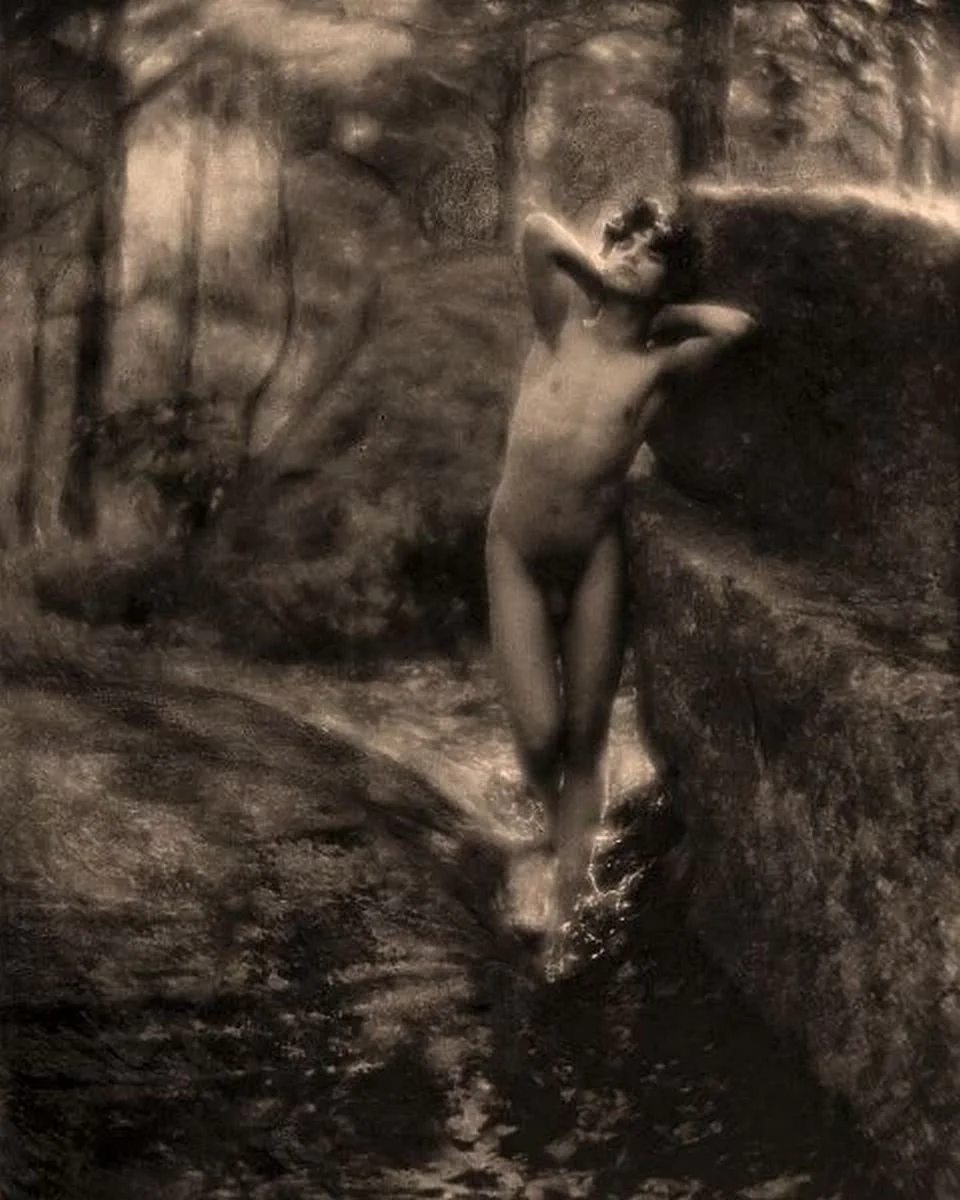
Frank Eugene (1865-1936): The Painterly Print
Frank Eugene was a leader of the Pictorialist movement who took its philosophy to its logical conclusion. He was famous for heavily manipulating his negatives and prints—scratching, etching, and painting on them—to create dreamlike, painterly images. His nude photograph here, with its soft textures and visible hand-drawn marks, intentionally blurs the line between a photograph and a charcoal drawing, forcing the viewer to appreciate it as a work of artifice and beauty, not a simple record of reality.
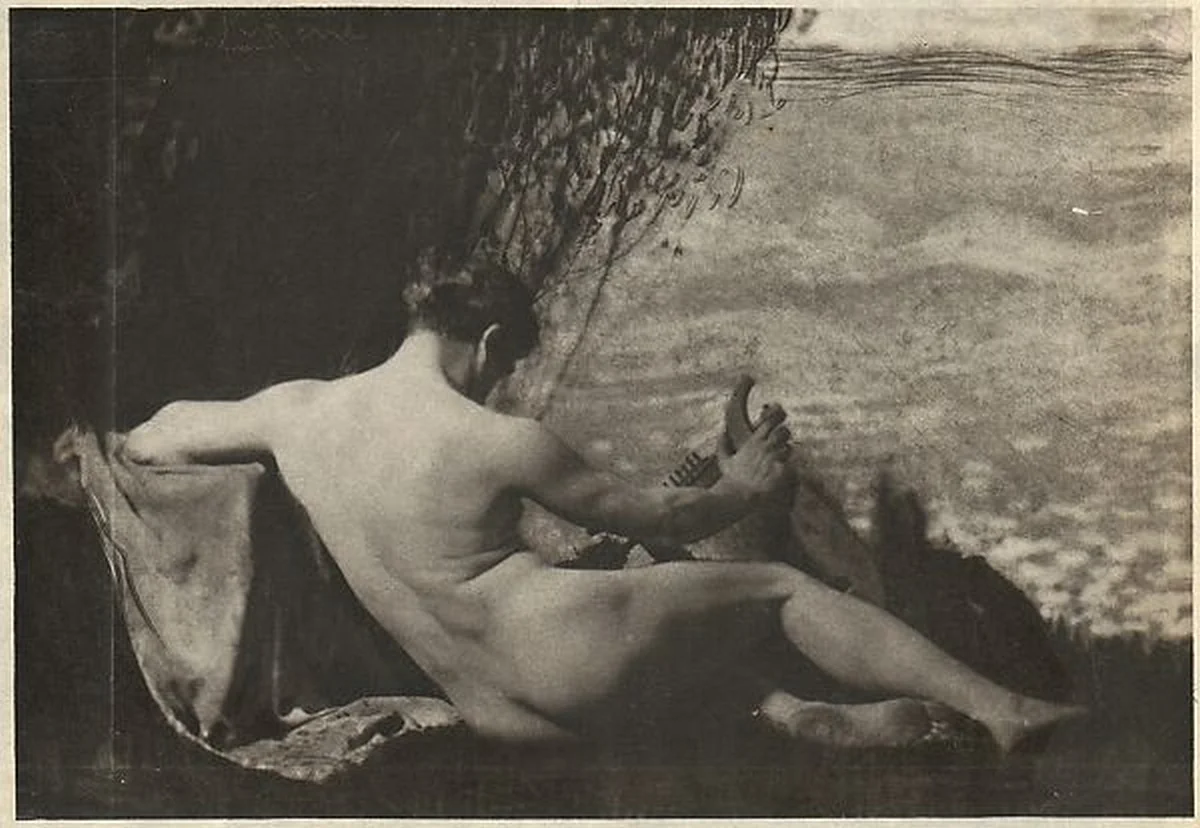
Legacy: Art, Science, and Scandal
These pioneers of art photography established the nude as a valid artistic genre by navigating a complex landscape of social taboos, legal threats, and artistic ambition. They wrestled with photography’s dual identity as both a scientific tool and an artistic medium. From academic studies and allegorical scenes to painterly expressions and early modernist visions, their work demonstrated the genre’s immense potential and laid the groundwork for all subsequent nude art photography.
From the Pioneers to Contemporary Practice: The spirit of artistic exploration from these early photographers continues in the work of contemporary artists. For collectors and art enthusiasts, limited edition works by award-winning nude art photographer Burak Bulut Yıldırım are available on respected platforms such as Saatchi Art and Artsper. You can explore his full portfolio of contemporary projects, which build upon this rich history, at burakbulut.org.
Yıldırım also shares his expertise through nude art photography workshops in Berlin, helping to nurture the next generation of artists. These workshops offer a space for photographers and models to explore the artistry of nude photography in a supportive and professional environment. To learn more about upcoming workshops, connect with us on Instagram or email hello@nudeartworkshops.com.


